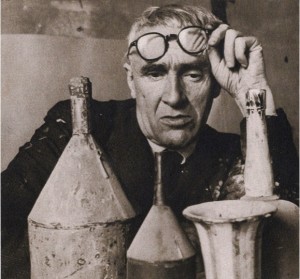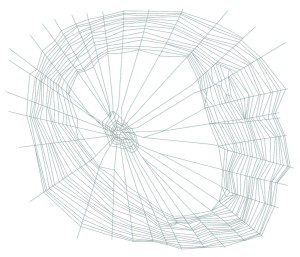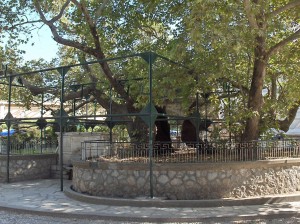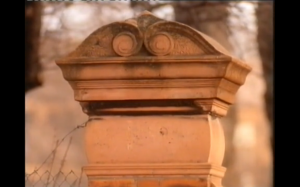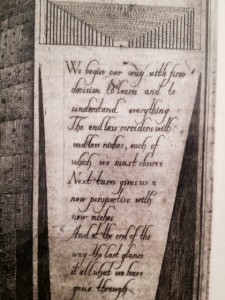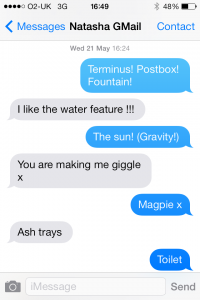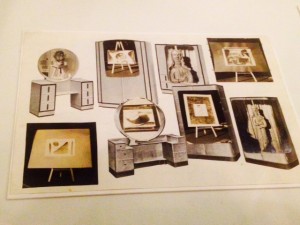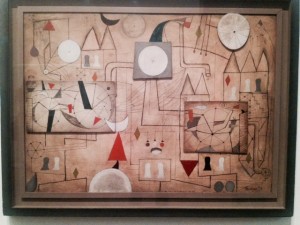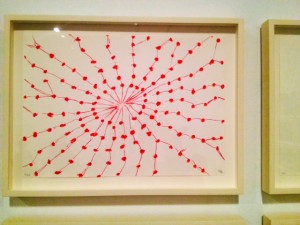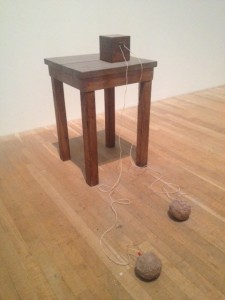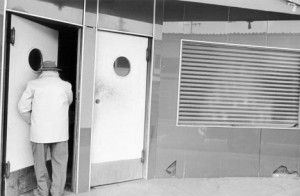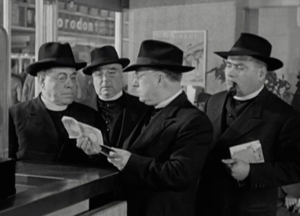
http://gawker.com/heres-a-terrific-video-essay-on-david-o-selznick-neo-953809210
“In this five-minute video essay, filmmaker Ernie Park compares two different versions of a 1953 film: one edited for Hollywood audiences and one for Italian filmgoers. By comparing two different versions of the same footage, the video essay comes across like a think piece on how seemingly cosmetic changes can affect meaning, tone, and content in movies.
Park, who goes by the name Kogonada, created this short video essay for the British Film Institute (here’s Park’s interview with NPR last week about the essay). The short film compares the Hollywood and neorealism by using David O. Selznick and Vittorio De Sica’s unsuccessful collaboration as a case study. In the early 1950s, legendary Hollywood producer Selznick, best known for his work on Gone with the Wind, commissioned Italian neorealist director De Sica to make a film. Because of unresolvable stylistic clashes, two films resulted from the footage:Terminal Station in Italy and Indiscretion of an American Wife in the U.S”.
